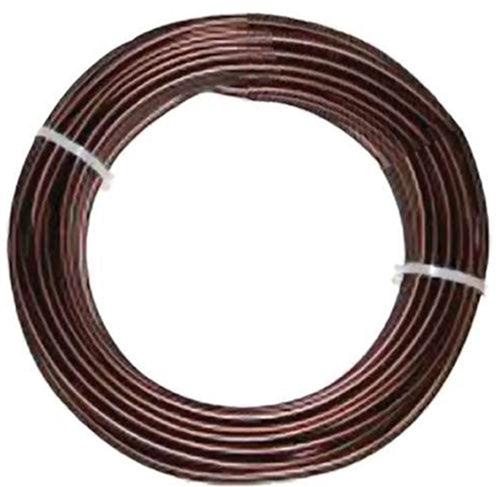
I’m not sure I’ve ever seen bark quite like this. Its uniquely patterned texture and color adds an abundance of character and age to this live oak. Furthermore (and at the risk of excess word proliferation), have you noticed the pot? How much character it has (and how small it is for the tree)? No mention of who made it with the photo, but whoever did deserves some love. The tree and the pot are from the ‘My Trees’ section of Mauro Stemberger’s website.
There is no surer indication of a bonsai’s age than its bark. You can grow young trees with fat trunks and if you’re skilled enough, you carve deadwood and apply techniques that can make it look ancient, but you can’t create old bark. Only time can do that
 At first glance I thought the rock that sticks out on the right was part of the trunk. But a closer look confirms the strong suspicion that it's a rock. There’s a story here for sure that has to do with how this tree grew over time. But it’s the heavy furrowed bark that chinches it. The tree is the King of bonsai, a Japanese black pine. We borrowed the photo from Micheal Bonsai an ongoing source for great shots of Japanese bonsai.
At first glance I thought the rock that sticks out on the right was part of the trunk. But a closer look confirms the strong suspicion that it's a rock. There’s a story here for sure that has to do with how this tree grew over time. But it’s the heavy furrowed bark that chinches it. The tree is the King of bonsai, a Japanese black pine. We borrowed the photo from Micheal Bonsai an ongoing source for great shots of Japanese bonsai.
 Bark like this is unusual on a Japanese maple, unless it’s this Rough Bark variety (Acer palmatum 'Arakawa'). The tree is approximately eighty years old and stands 70cm (almost 28") high. Walter Pall imported it from Japan as semi raw material. Walter has an excellent series of photos on the tree's transition on his Bonsai Adventures blog.
Bark like this is unusual on a Japanese maple, unless it’s this Rough Bark variety (Acer palmatum 'Arakawa'). The tree is approximately eighty years old and stands 70cm (almost 28") high. Walter Pall imported it from Japan as semi raw material. Walter has an excellent series of photos on the tree's transition on his Bonsai Adventures blog.
 If you are skilled enough you can create the illusion of age by carving and applying other techniques with deadwood. But when it comes to bark, time and only time is necessary for that prized aged look. We borrowed this photo from Salvador De Los Reyes.
If you are skilled enough you can create the illusion of age by carving and applying other techniques with deadwood. But when it comes to bark, time and only time is necessary for that prized aged look. We borrowed this photo from Salvador De Los Reyes.
 More aged bark, this time on an illustrious old European olive that belongs to David Benavente. It resides at his Estudio de Bonsái in Galapagar, Spain, just outside of Madrid. The photos are from David’s timeline.
More aged bark, this time on an illustrious old European olive that belongs to David Benavente. It resides at his Estudio de Bonsái in Galapagar, Spain, just outside of Madrid. The photos are from David’s timeline.

Here’s one from Michael Hagedorn’s Portfolio. Because Michael is a gifted writer in addition to being a bonsai genius, we’ll let him do the talking…
“This Engelmann spruce was originally owned by a guy up in Seattle and I suspect it grew in a mica drum pot for a couple decades. Collected in the Cascades many years ago, it has nice flaky, mature bark and sports a healthy community of lichen up and down the main trunk.
“It was growing wildly and moppish when I bought it in 2008, and was styled in 2009. When wiring spruce, be careful to spray the foliage with water first. Otherwise many healthy needles might simply drop off, which really weakens a tree. Ezo spruce is especially sensitive to agitated needles; hydrating them first makes them more durable.
“I like the calm, peaceful feeling of spruce. This one would look good in a tokonoma display, maybe with a water stone to suggest a serene high mountain lake. Or, for the ironically inclined, a small figurine of a panting, exhausted hiker, leaning on a stick…”
Speaking of Michael Hagedorn, his Bonsai Heresy is a must read (and reread) for any serious bonsai enthusiast. I know of no better way to increase your bonsai understanding and ultimate success than to read Bonsai Heresy and then take your newfound insights and apply them to your practice of the art of bonsai.

